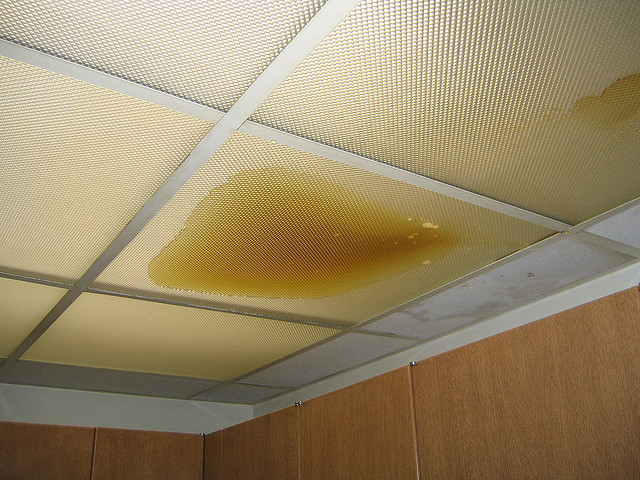Every person may have their own assumption on the subject of Detecting hidden plumbing leaks.

Early detection of leaking water lines can mitigate a potential catastrophe. Some small water leakages may not be visible.
1. Take A Look At the Water Meter
Every home has a water meter. Checking it is a proven way that helps you uncover leakages. For beginners, shut off all the water resources. Ensure no one will flush, make use of the faucet, shower, run the cleaning equipment or dishwasher. From there, go to the meter as well as watch if it will alter. Because no one is utilizing it, there need to be no movements. If it moves, that suggests a fast-moving leakage. If you identify no modifications, wait an hour or 2 as well as examine back again. This means you may have a slow-moving leak that could also be below ground.
2. Inspect Water Intake
If you find sudden modifications, despite your usage being the very same, it indicates that you have leaks in your plumbing system. An unexpected spike in your costs suggests a fast-moving leak.
A stable boost every month, also with the very same routines, reveals you have a slow-moving leakage that's additionally slowly escalating. Call a plumber to extensively inspect your property, especially if you really feel a cozy area on your floor with piping below.
3. Do a Food Coloring Examination
30% comes from bathrooms when it comes to water consumption. Test to see if they are running effectively. Decline flecks of food shade in the container as well as wait 10 mins. If the color in some way infiltrates your bowl during that time without flushing, there's a leakage in between the container and bowl.
4. Asses Outside Lines
Do not fail to remember to examine your outdoor water lines too. Examination faucets by affixing a yard pipe. Ought to water leak out of the connection, you have a loose rubber gasket. Change this as well as guarantee all connections are tight. If you have actually got a lawn sprinkler, it will certainly help get it properly checked out and also preserved every year. One little leak can waste lots of water and also increase your water bill.
5. Assess the scenario and evaluate
House owners ought to make it a routine to examine under the sink counters as well as also inside cabinets for any bad odor or mold and mildew growth. These 2 red flags indicate a leak so timely focus is called for. Doing regular inspections, even bi-annually, can save you from a significant trouble.
Inspect for stainings and also deteriorating as many home appliances and also pipes have a life expectancy. If you presume dripping water lines in your plumbing system, don't wait for it to rise.
Early detection of leaking water lines can reduce a possible calamity. Some little water leakages might not be visible. Inspecting it is a guaranteed means that assists you uncover leakages. One small leakage can lose heaps of water and increase your water bill.
If you think leaking water lines in your plumbing system, don't wait for it to intensify.
WARNING SIGNS OF WATER LEAKAGE BEHIND THE WALL
PERSISTENT MUSTY ODORS
As water slowly drips from a leaky pipe inside the wall, flooring and sheetrock stay damp and develop an odor similar to wet cardboard. It generates a musty smell that can help you find hidden leaks.
MOLD IN UNUSUAL AREAS
Mold usually grows in wet areas like kitchens, baths and laundry rooms. If you spot the stuff on walls or baseboards in other rooms of the house, it’s a good indicator of undetected water leaks.
STAINS THAT GROW
When mold thrives around a leaky pipe, it sometimes takes hold on the inside surface of the affected wall. A growing stain on otherwise clean sheetrock is often your sign of a hidden plumbing problem.
PEELING OR BUBBLING WALLPAPER / PAINT
This clue is easy to miss in rooms that don’t get much use. When you see wallpaper separating along seams or paint bubbling or flaking off the wall, blame sheetrock that stays wet because of an undetected leak.
BUCKLED CEILINGS AND STAINED FLOORS
If ceilings or floors in bathrooms, kitchens or laundry areas develop structural problems, don’t rule out constant damp inside the walls. Wet sheetrock can affect adjacent framing, flooring and ceilings.
https://www.servicemasterbyzaba.com/blog/how-to-detect-water-leakage-in-walls/

As a person who reads on Hacks to detect leaks, I was thinking sharing that piece of content was a smart idea. So long as you appreciated our blog post if you please make sure you remember to share it. I praise you for your time. Please come visit our blog back soon.